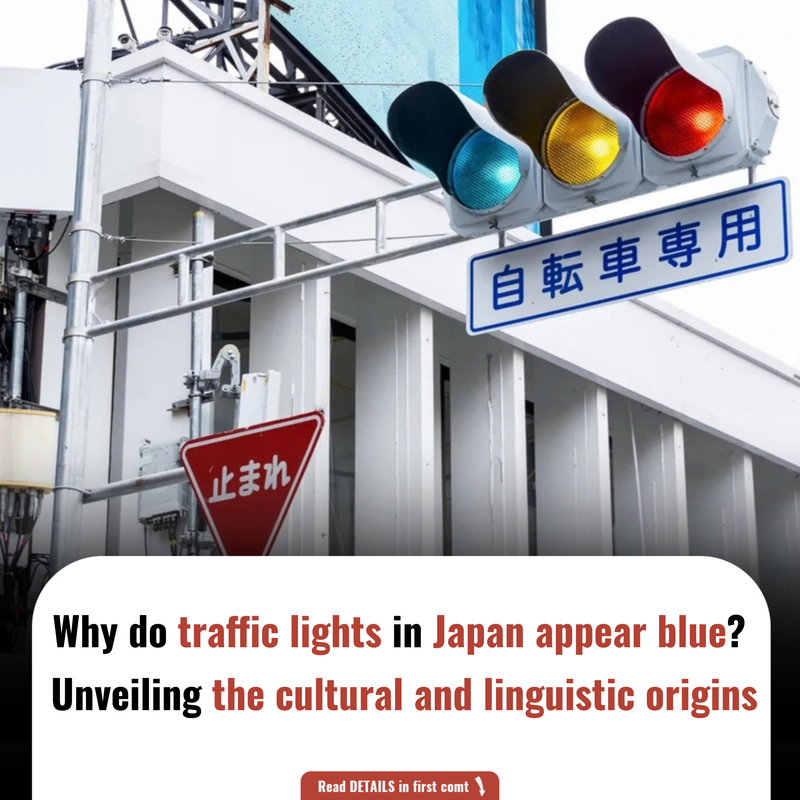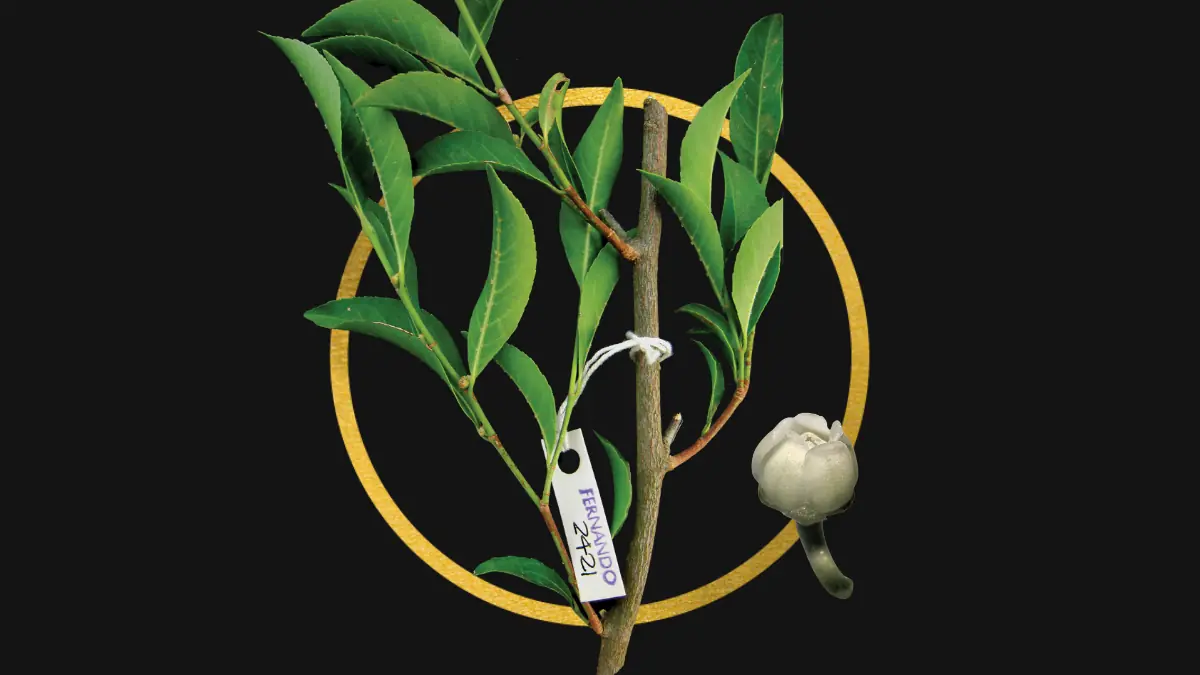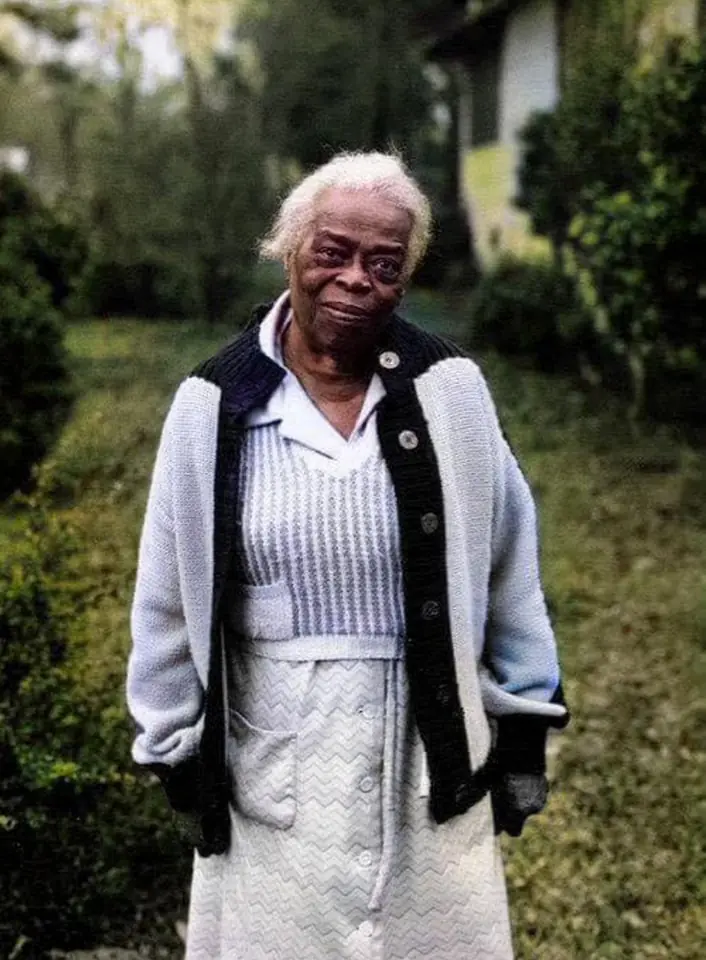In many countries, traffic lights are universally recognized by their red, yellow, and green colors. However, in Japan, the green traffic light is often referred to as "青信号" (ao-shingō), which translates to "blue signal." This terminology has intrigued both locals and visitors alike.
Historical Linguistic Origins:
The roots of this phenomenon trace back to ancient Japan, where the word "青" (ao) was used to describe a range of colors, including what we now distinguish as blue and green. This broad usage persisted for centuries, with "ao" encompassing various shades of blue and green. It wasn't until the Meiji era (1868–1912) that the term "緑" (midori) was introduced to specifically denote the color green. Despite this, "ao" continued to be used in everyday language to describe green objects, including traffic lights.
The Introduction of Traffic Lights in Japan:
The first traffic light in Japan was installed in Hibiya, Tokyo, in 1930. At that time, the understanding and differentiation of colors were still influenced by the historical use of "ao" for green. Consequently, the green light was referred to as "ao-shingō," a term that became ingrained in the public's consciousness.
Government Intervention and Standardization:
In 1973, the Japanese government recognized the need to align the terminology with international standards and issued a directive to use the term "midori" for green traffic lights. However, by then, "ao-shingō" had become deeply embedded in the cultural lexicon. To reconcile this, the government decided to adjust the hue of the green traffic light to a shade that was closer to blue, thereby maintaining the traditional nomenclature while adhering to modern standards.
Cultural Significance and Modern Usage:
Today, the term "ao-shingō" remains widely used in Japan, reflecting the country's rich linguistic heritage. The slight bluish tint of the green traffic light serves as a testament to Japan's ability to blend tradition with modernity. This unique characteristic adds to the distinctiveness of Japanese culture and provides insight into the evolution of language and color perception in the country.
Conclusion:
The "blue" traffic light in Japan is not merely a quirk of translation but a reflection of the nation's historical and cultural journey. It illustrates how language evolves and adapts over time, influenced by various factors including technology, governance, and societal norms. Understanding this aspect of Japanese culture enriches our appreciation of its complexities and the interplay between language and perception.
































